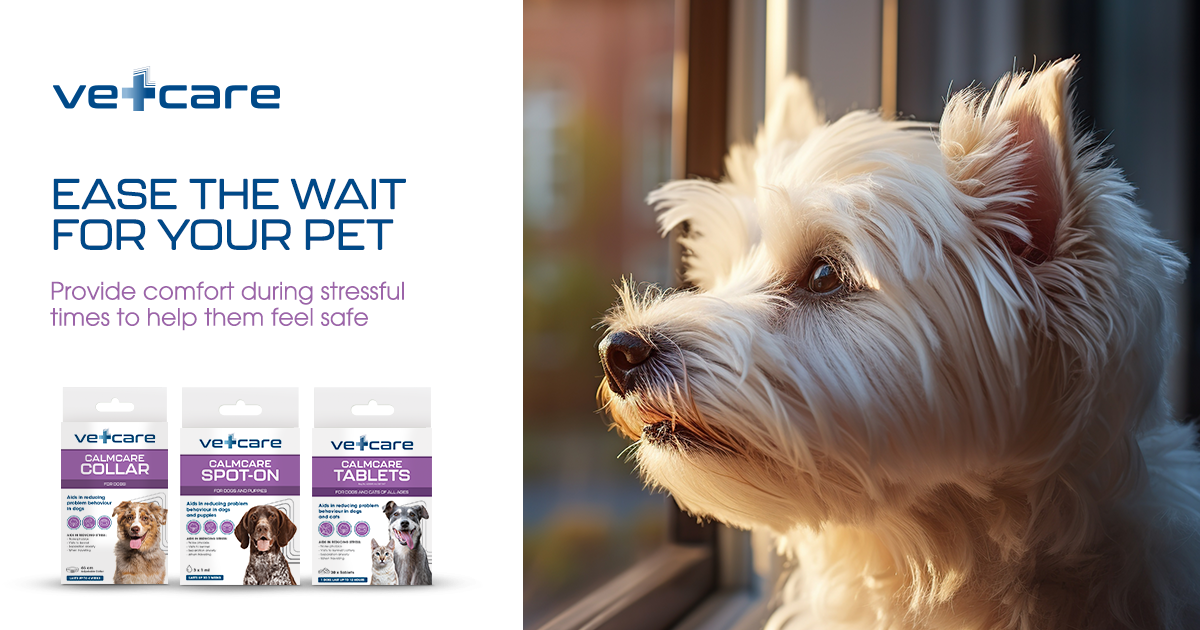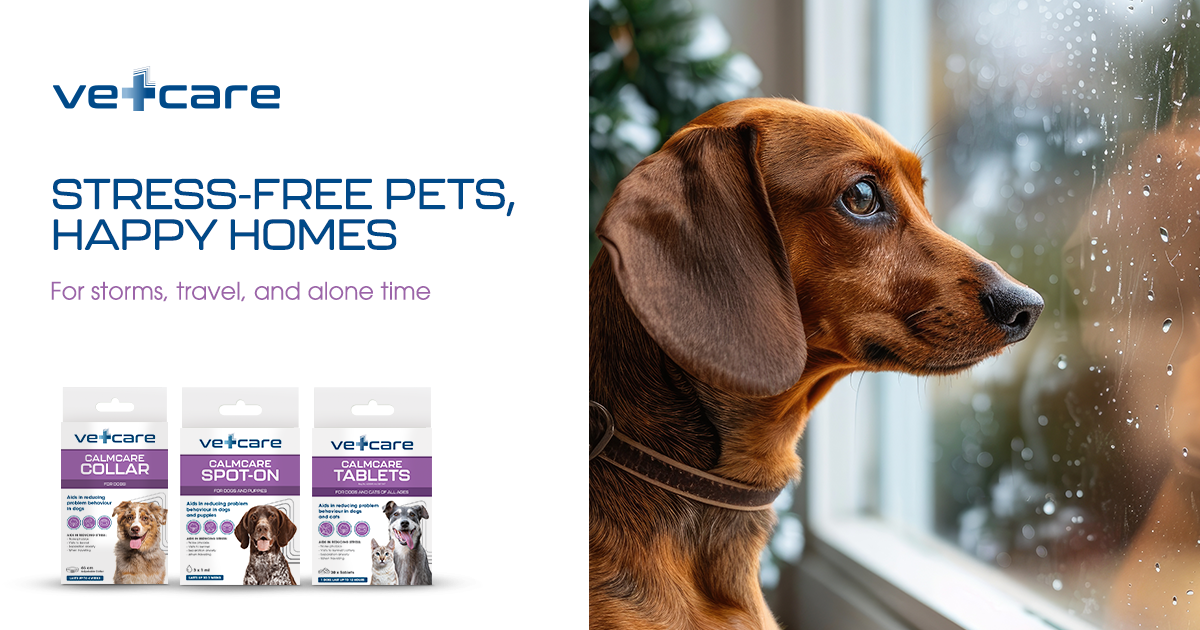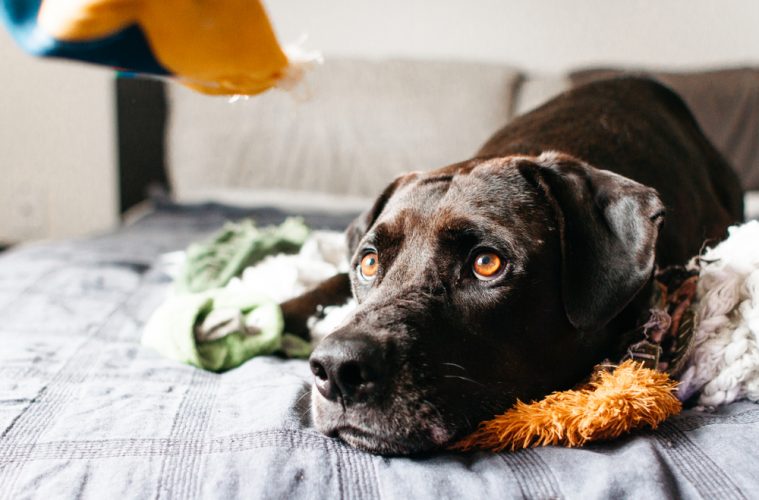As we are approaching our Summer/ Silly season this means thunderstorms and fireworks. This can be a really stressful period for your beloved companion.
A stressed or anxious cat or dog is a common concern and reason for a fur parent to seek help. Cats and dogs can react to stress and anxiety differently.
Stress in dogs and cats can be broken down into three types: fear, phobias, and anxiety.
- Fear is an instinct in response to an external threat. The cat or dog is terrified and scared. This is seen, for example, when there are strangers in a property, another (larger) animal threatening them, or even a sudden loud noise. A fear reaction is a natural part of the ‘fight, flight or freeze’ instinct and unless abnormal it is actually a normal behaviour.
- Phobias are excessive fears to an external stimulus. The most common phobias in dogs are noise phobias (fireworks, loud noises, thunderstorms). This is when fear is excessive and results in abnormal behaviour. In some cases, this behaviour can even be destructive, either to the animal itself, property or even the ‘parent’. Once it gets to this stage then specific behavioural modification and treatment are needed and a professional should be consulted.
- Anxiety is an uncomfortable feeling or fear related to the anticipation of danger. For instance, separation anxiety occurs when a companion animal has abnormal reactions to being away from their owner, whether for short or long periods of time. This can be during working hours, or even in the evenings when the owners leave – especially during the months when there are loud noises such as fireworks and thunderstorms and the animal can associate the owner leaving with the anticipation of the loud noises. This can easily escalate to become a phobia and destructive behaviour.

Travelling and new household additions to the ‘pack’ are also items that will cause anxiety in your companion. Building, alterations and other related activities can also result in anxiety.
As this season approaches there are a number of ways that we can protect our animals from stress and anxiety, and prevent the condition moving into a phobia. The approaches are not ‘stand-alone’ but should be combined for the best results.
- Support Products
There are natural stress-relieving support products now available that help to calm an animal and will also assist when behavioral modification and management practices are put into place. The BM Calmcare range is now available, is easy to use and comes in a tasty tablet, a collar and a first to the SA market, an easy to use spot-on. These products all contain natural support ingredients, and there is also a Calmcare Naturals option for those Fur Parents that prefer a purely ‘herbal’ approach.

The collars are easy to use and longer-lasting but as not all animals are ‘collar-friendly’ or if there are too many collars the easy-to-use spot-on is the answer. Extremely easy to use, with one pipette lasting a week. Each pack contains 3 pipettes, meaning that a pack will offer 3 weeks of cover.
The Calmcare calming tablet that is natural and very palatable. The ingredients in the tablets also do not clash with the other support products so they can be used in conjunction for an even more enhanced effect.
These support products should be used before the expected events as they do take some time to take effect, and should also be used over a period of time so that the animal can normalize into a normal pattern. The tablets can be used relatively shortly before an expected event at a higher dosage but do take some time to take full effect.
These support products need to be used in conjunction with other measures such as management and behavioural modification.
Management may seem obvious, but management is often overlooked by pet parents. It simply means that one would use a physical change such as leaving your companion animal in a quiet place where they are protected from the negative stimulus (such as loud noises). This can be a well-lit room with comfy bedding and soft ambient music playing.
Management also means things such as a regular routine (animals prefer that) and also interaction with them specifically such as ‘walks’ or ‘playtime’ This becomes really important when there is a change in the household and the animal feels that they are being ignored – leading to attention-seeking behaviour.
Behavioural modification is a behavioural training mechanism where the animal is taught that a desired behaviour will get rewarded, and the undesirable behaviour is then replaced with a desired behaviour (as seen in various TV programs).
The best approach is a combined approach, and with the support products now available the chances of you and your fur companion having a healthy & happy relationship during these stressful times is just so much easier.
ALSO SEE:
Pets and anxiety: Understand your pet’s anxious behaviour + expert tips on treatment options
Feature image: Supplied

